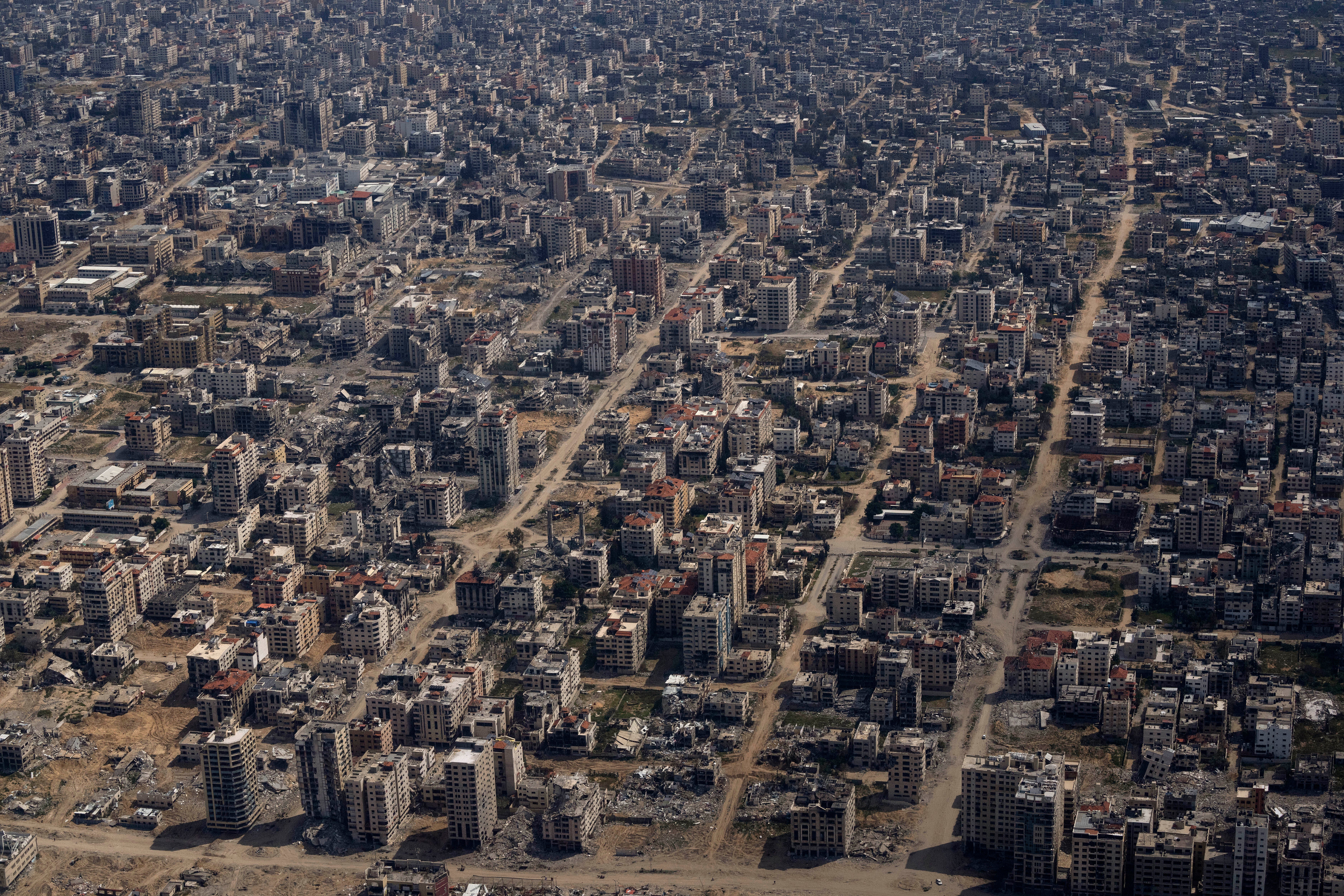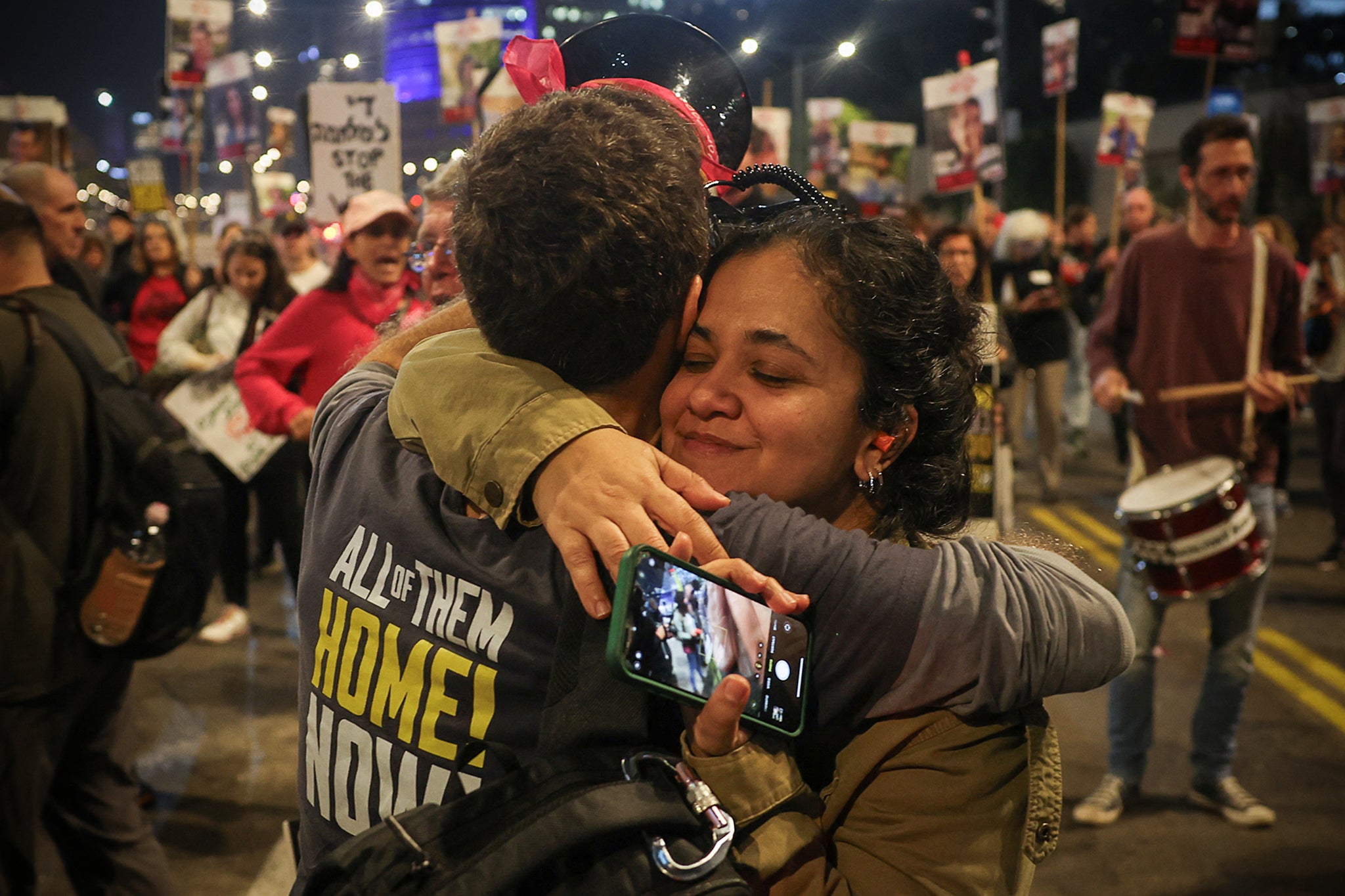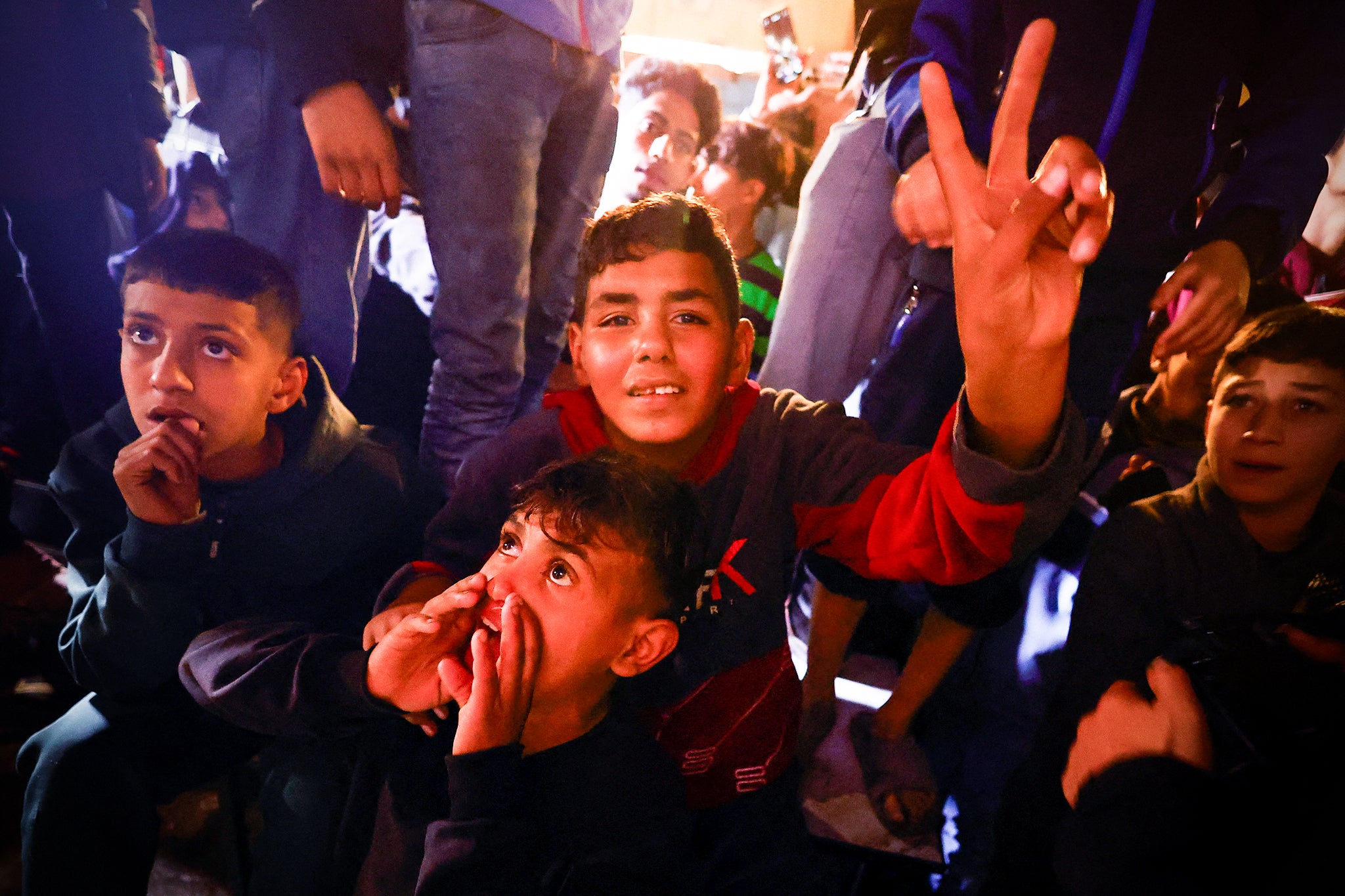Israel and Hamas have agreed a historic ceasefire to end 15 months of war in Gaza, a conflict in which almost 50,000 people have been killed and which has threatened to draw in the whole of the Middle East.
A truce and hostage deal was reached after the prime minister of Qatar, Mohammed bin Abdulrahman bin Jassim al-Thani, met Hamas negotiators and then separately the Israelis. Qatar has been a key mediator in seeking to end the conflict. President-elect Donald Trump was quick to hail the end of the war, writing on Truth Social: “We have a deal for the hostages.”
The Qatari prime minister later confirmed the deal in a delayed press conference. He revealed that it would go into effect on Sunday and said its success would rely on Israel and Hamas “acting in good faith in order to ensure that this agreement does not collapse”.
The cost of the conflict has been brutal. Triggered by a bloody attack by Hamas inside southern Israel on 7 October 2023 in which 1,200 people were killed and another 250 taken hostage, Israel’s retaliatory bombardment of Gaza has left more than 46,700 Palestinians dead, according to Palestinian officials. More than 110,000 people have been injured, and thousands of others are feared buried in the rubble of the devastated enclave.
The UN estimates that around 90 per cent of Gaza’s 2.3 million people have been displaced, often multiple times. They say tens of thousands of homes have been destroyed and a majority of hospitals are barely functioning or are out of action. Experts have warned that famine may be underway in northern Gaza, where Israel launched a major offensive in early October, displacing tens of thousands of residents.
The conflict spread across the Middle East, with Iran-backed proxies in Lebanon, Iraq and Yemen attacking Israel in solidarity with the Palestinians. Israel killed the top leaders of Hamas and Lebanon’s Hezbollah in assassinations which boosted its negotiating position.
The deal comes after months of fraught negotiations that have often stumbled or come to a complete stop with both sides accusing the other of sabotaging talks. The only other respite during the war was a week-long truce in November 2023 during which more than 100 hostages were exchanged for hundreds of Palestinian prisoners held in Israeli jails. Israel believes around 95 hostages are still inside Gaza, although a significant number of those captives are thought to be dead.

The new deal, hauled over the line with the help of Qatari, US and Egyptian negotiators, involves a phased ceasefire. In the first 42-day phase, Hamas will release 33 hostages, including children, women – including female soldiers – and over-50s. In exchange, Israel will release 50 Palestinian prisoners held in Israeli jails for every Israeli female soldier released by Hamas and 30 for other hostages.
Negotiations on implementing the second phase will begin by the 16th day of phase one and are expected to include the release of all remaining hostages, a permanent ceasefire and the complete withdrawal of Israeli forces from Gaza.
The third phase is expected to address the return of all remaining dead bodies and the start of Gaza’s reconstruction supervised by Egypt, Qatar and the United Nations.
Despite Mr Trump’s gloating posts on his Truth Social social media platform, Benjamin Netanyahu’s office continued to insist that a deal had not been struck, with the final details still to be worked out. But the Israeli leader has consistently dragged his feet over a deal and his claims were contradicted by US officials.
Pressure has been growing on the Israeli leadership for months to bring an end to the war, with Western allies increasingly concerned by the civilian death toll. However, Mr Netanyahu was also facing pressure from hardline nationalist and far-right members of his ruling coalition, who threatened to bring down the government if a deal with Hamas materialised. The families of hostages still inside Gaza have held near-weekly rallies and other events, seeking to force Mr Netanyahu into bringing their loved ones home.
The inauguration of Mr Trump also sharpened the talks, with the president-elect, who is a staunch ally of Israel, clear that he did not want to have to deal with the conflict once he re-enters the White House on 20 January. It was a rare moment of agreement with the outgoing administration of Joe Biden, another long-time ally of Mr Netanyahu and Israel, who also wanted an agreement before he leaves office.

Announcing the breakthrough, Mr Trump said: “We have a deal for the hostages in the Middle East. They will be released shortly. Thank you!”
Calling the deal “epic”, he sought to claim the bulk of the credit, despite not yet being in office. He added that he would work to make sure Gaza “never again becomes a terrorist safe haven”. Hamas is designated a terrorist organisation by Israel, the US and UK.
The ceasefire agreement still needs to be approved by Mr Netanyahu’s cabinet in a vote that is expected to happen on Thursday, with a majority of ministers expected to agree. The plan is for the truce to go into effect in the coming days, with hostages potentially being released on Sunday.
As well as the release of hostages and the hundreds of Palestinian prisoners in Israel, the deal would allow hundreds of thousands of people displaced in Gaza to return to what remains of their homes. The aim would also be to rush badly needed humanitarian aid into the devastated territory.
“The best day in my life and the life of the Gaza people,” Abed Radwan, a Palestinian father of three, told AP about the ceasefire deal. “Thank God. Thank God.”
Mr Radwan, who has been displaced from the northern Gaza town of Beit Lahiya for over a year and shelters in Gaza City, said he will try to return to his hometown, and “rebuild my house, and rebuild Beit Lahiya”.

In Israel, hundreds of demonstrators gathered outside Israel’s military headquarters in Tel Aviv on Wednesday evening, calling for a deal to be completed. Many held posters of hostages held by Hamas, others hoisted candles in the air.
As the deal was announced, some people were unaware that it had gone through. Sharone Lifschitz, whose father Oded is being held hostage, said she was stunned and grateful but won’t believe it until she sees them come home.
It remains unclear whether the agreement will lead to a complete end to the war and the full withdrawal of Israeli troops from Gaza, which are key Hamas demands for releasing the remaining captives. Many longer-term questions about post-war Gaza remain, including who will rule the territory or oversee the daunting task of reconstruction.
Turkey’s foreign minister, Hakan Fidan, told reporters in Ankara that the ceasefire deal was good for regional stability, but that efforts towards a two-state solution to the Israeli-Palestinian conflict have to continue.
Israel has rejected any involvement in the future of Gaza by Hamas, which had ruled the strip since 2007, but it has been almost equally opposed to rule by the Palestinian Authority, the body set up under the Oslo interim peace accords three decades ago that has limited governing power in the occupied West Bank.
News Summary:
- Israel and Hamas agree historic Gaza ceasefire deal after 15 months of war
- Check all news and articles from the latest World updates.
- Please Subscribe us at Google News.


